Mil Helicpter plant
Mil Mi-8 type V-8 'Hip'
 |
|
| General information | |
|---|---|
| Type | Transport helicopter (also several armed versions) |
| National origin | Soviet Union/Russia |
| Manufacturer | Kazan Helicopter Plant Ulan-Ude Aviation Plant |
| Designer | Mil Moscow Helicopter Plant |
| Status | In service |
| Primary user |
|
| Number built | >17,000 and production continues today; world's most-produced helicopter |
| History | |
| Manufactured | 1961–present |
| Introduction date | 1967 |
| First flight | 7 July 1961 |
| Variants | Mil Mi-8M/Mi-17 |
| Developed into | |
|
|
|
|
|---|
.
History Mil Moscow Helicpter plant
Mil Mi-8 type V-8
NATO reporting name:
'Hip'
-
Design

Cockpit view Prototypes/experimental/low production rate V-8 (NATO – Hip-A) The original single-engined prototype. V-8A A twin-engined prototype, featuring TV2-117 turboshaft engines, the prototype underwent further modifications during its life. V-8AT Prototype of the Mi-8T utility version. Mi-8 (NATO – Hip-B) Twin-engined prototype. Mi-8TG Conversion to operate on LPG gas. Mi-18 Prototype design, a modification of the existing Mil Mi-8. Two Mi-8s were extended by 0.9 meters (3 ft), the landing gear made retractable, and a sliding door added to the starboard side of the fuselage. The Mi-18s were used in the Soviet invasion of Afghanistan, and later used as static training airframes for pilots of the Mi-8/17.
Variants Military

Croatian Mil Mi-8MTV-1 Serbian Mi-8T cargo helicopter
0
KmCeiling
0
KmMAX RANGE
0
Km.hAircraft Speed
0
Max Crew
Photo Gallery
Mil Moscow Helicpter plant
Mil Mi-8 type V-8
NATO reporting name:
'Hip'

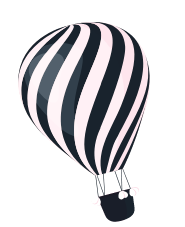
Mil Moscow Helicpter plant
Mil Mi-8 type V-8
NATO reporting name:
'Hip'
General characteristics
- Crew: 3 (pilot, copilot, flight engineer)
- Capacity: 24 passengers or 12 stretchers and seat for 1 medical attendant or 4,000 kg (8,800 lb) on internal/external hardpoints
- Length: 18.4 m (60 ft 4 in)
- Height: 5.5 m (18 ft 1 in)
- Empty weight: 7,100 kg (15,653 lb)
- Gross weight: 11,100 kg (24,471 lb)
-
Powerplant
- Powerplant: 2 × Klimov TV3-117MT turboshaft engines, (1,950 hp) each
- Main rotor diameter: 21.29 m
Specifications
- Maximum speed: 250 km/h
- Cruise speed: 240 km/h
- Range: 495 km (308 mi, 267 nmi)
- Ferry range: 960 km
- Service ceiling: 5,000 m
Armament
-
-
-
- 4,000 kg (8,818 lb) of disposable stores on six hardpoints, including 57 mm S-5 rockets, bombs, or 9M17 Phalanga ATGMs and one or two side-mounted PK machine guns
-
-
-
-
Links to Youtube & Others
Mikhail Mil originally approached the Soviet government with a proposal to design an all-new two-engined turbine helicopter in 1959 after the success of the Mil Mi-4 and the emergence and effectiveness of turbines used in the Mil Mi-6. After design and development, the Mi-8 was subsequently introduced into the Soviet Air Force in 1967.
Mil Helicpter plant
Mil Mi-8 type V-8 'Hip'
The fifth and final prototype was a mass production prototype for the passenger market.
Youtube Link
On 16 August 2013, the Ministry of Defense of Ukraine reported that one of its Mi-8MSB had set a world altitude record of 9,150 metres (30,020 ft) at the Kirovske military airfield on 15 August.
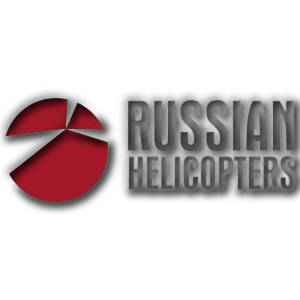
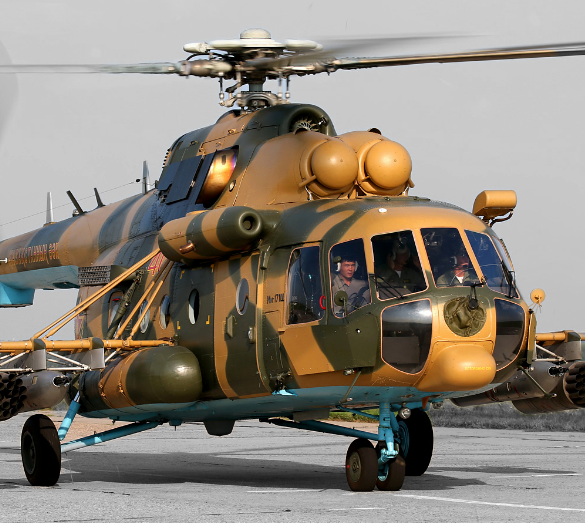


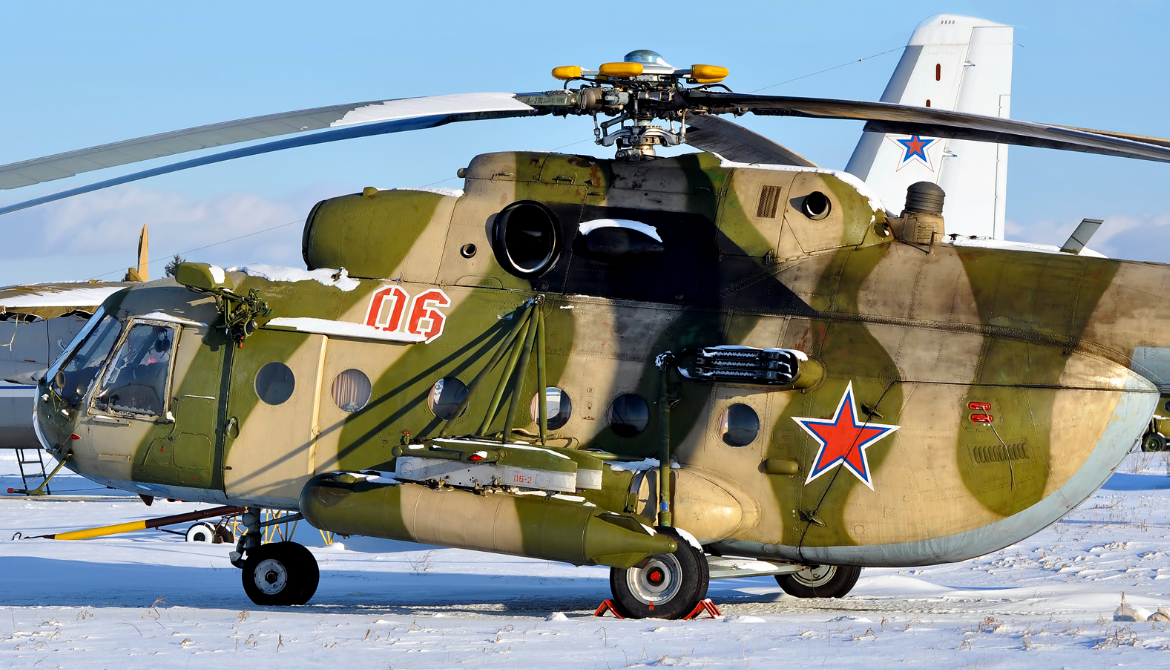
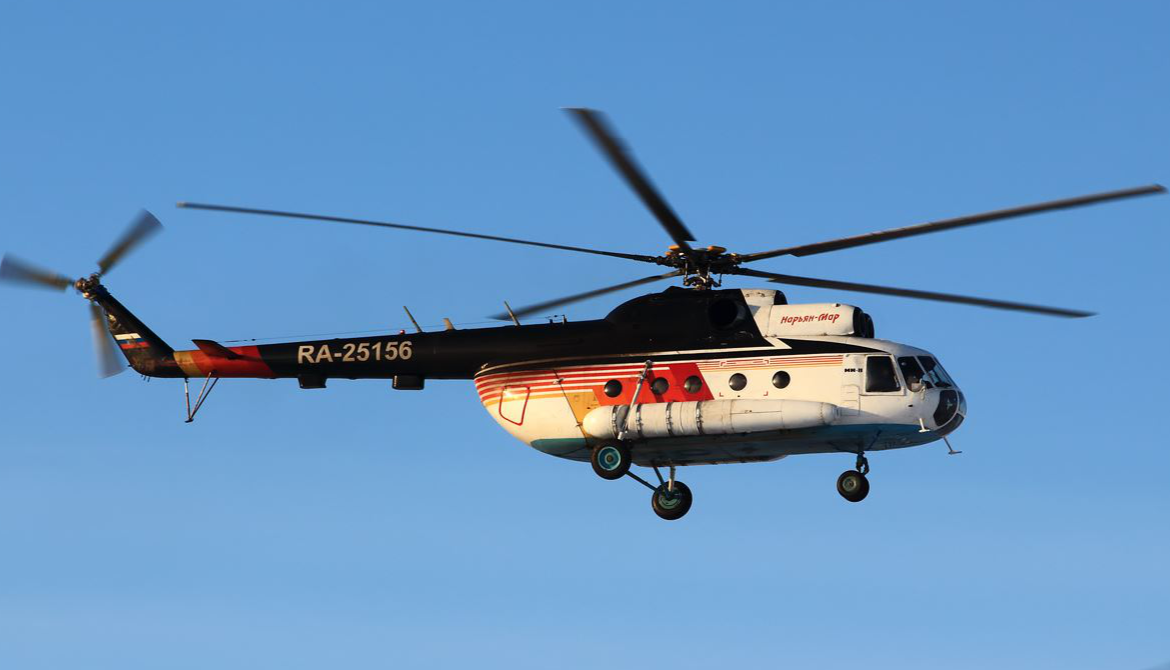
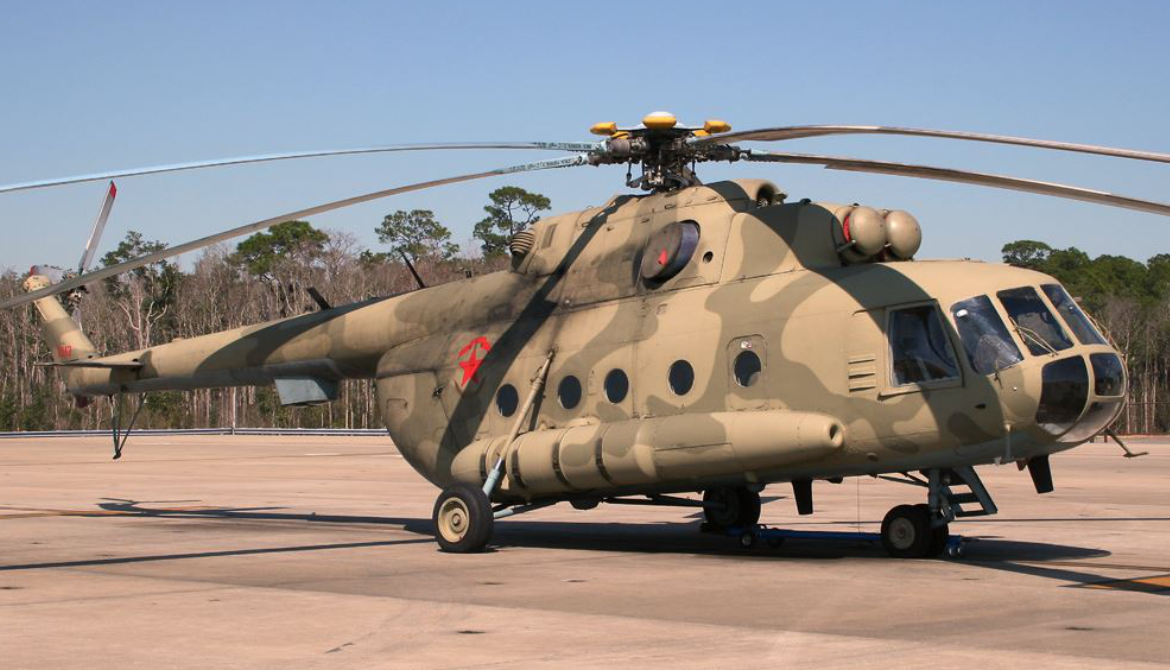

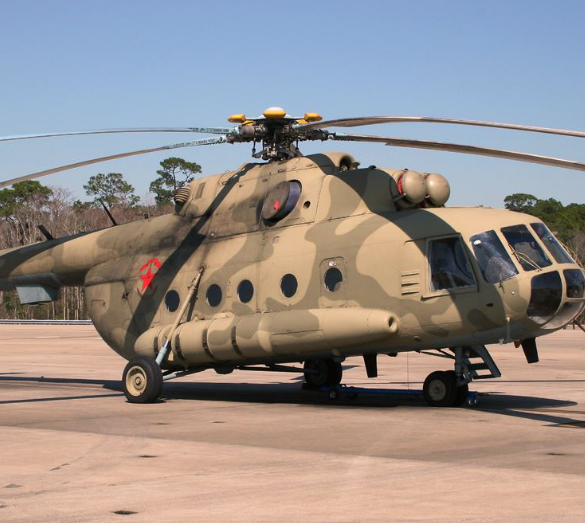
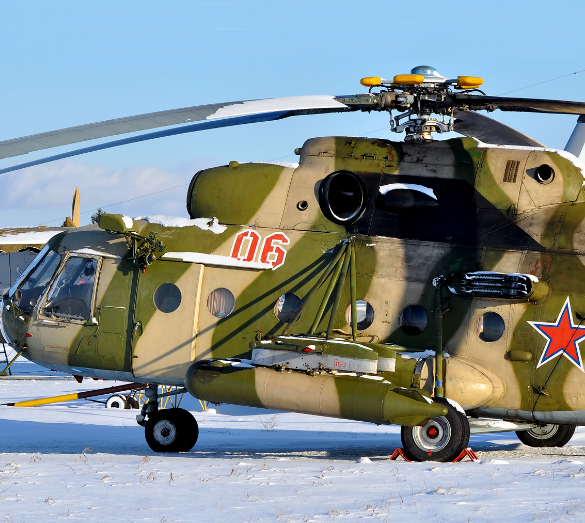
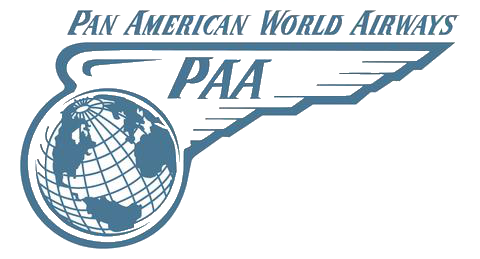
.png)
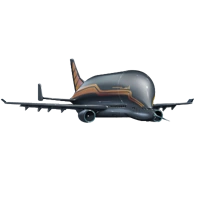
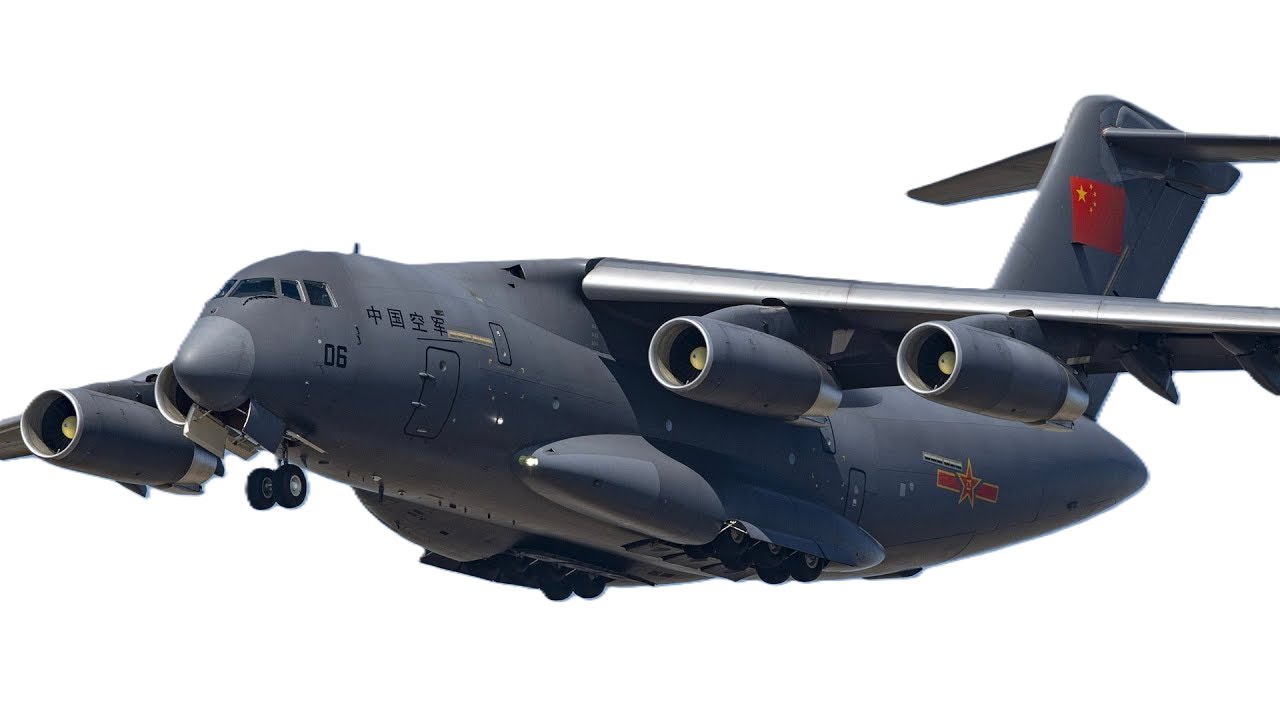
.png)